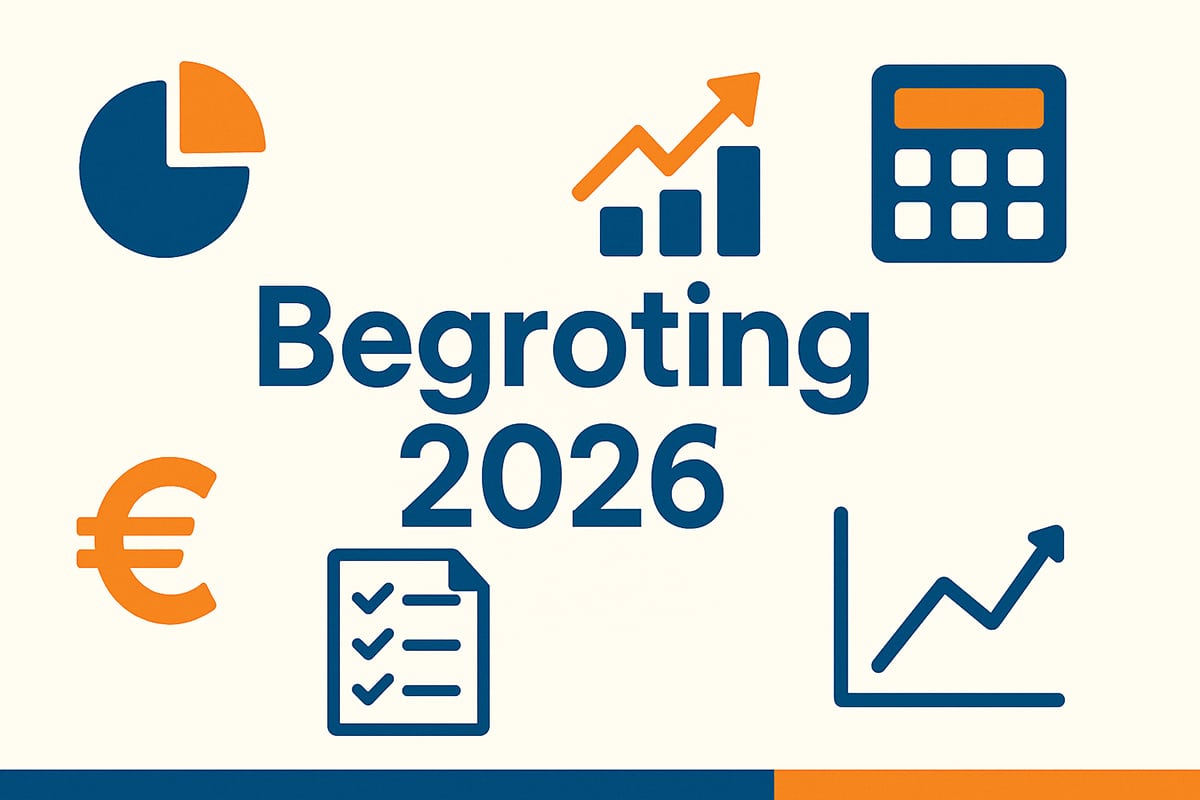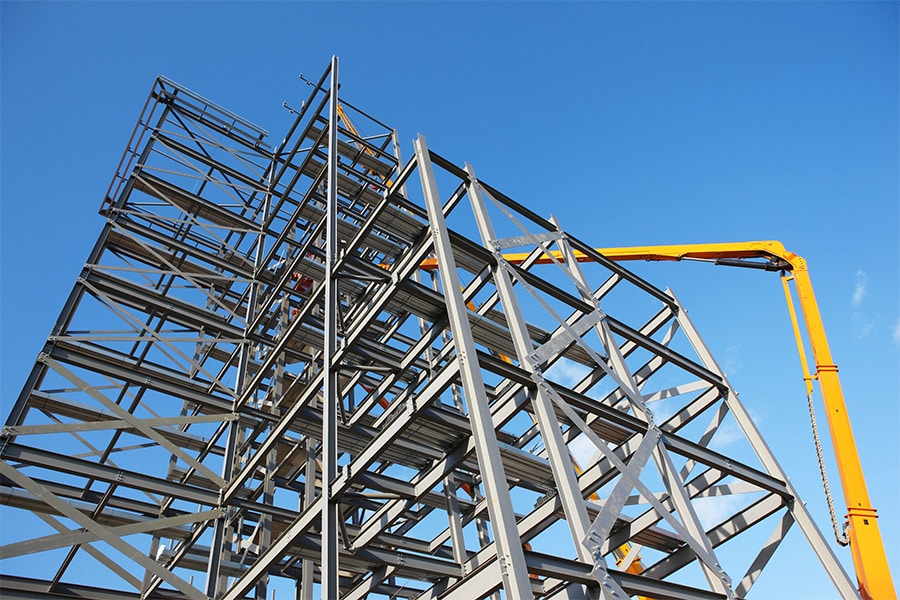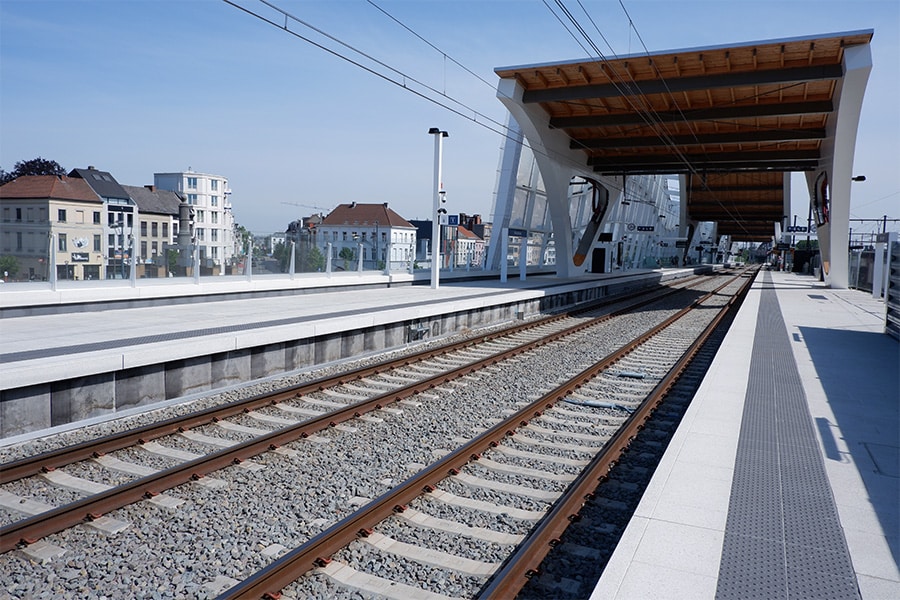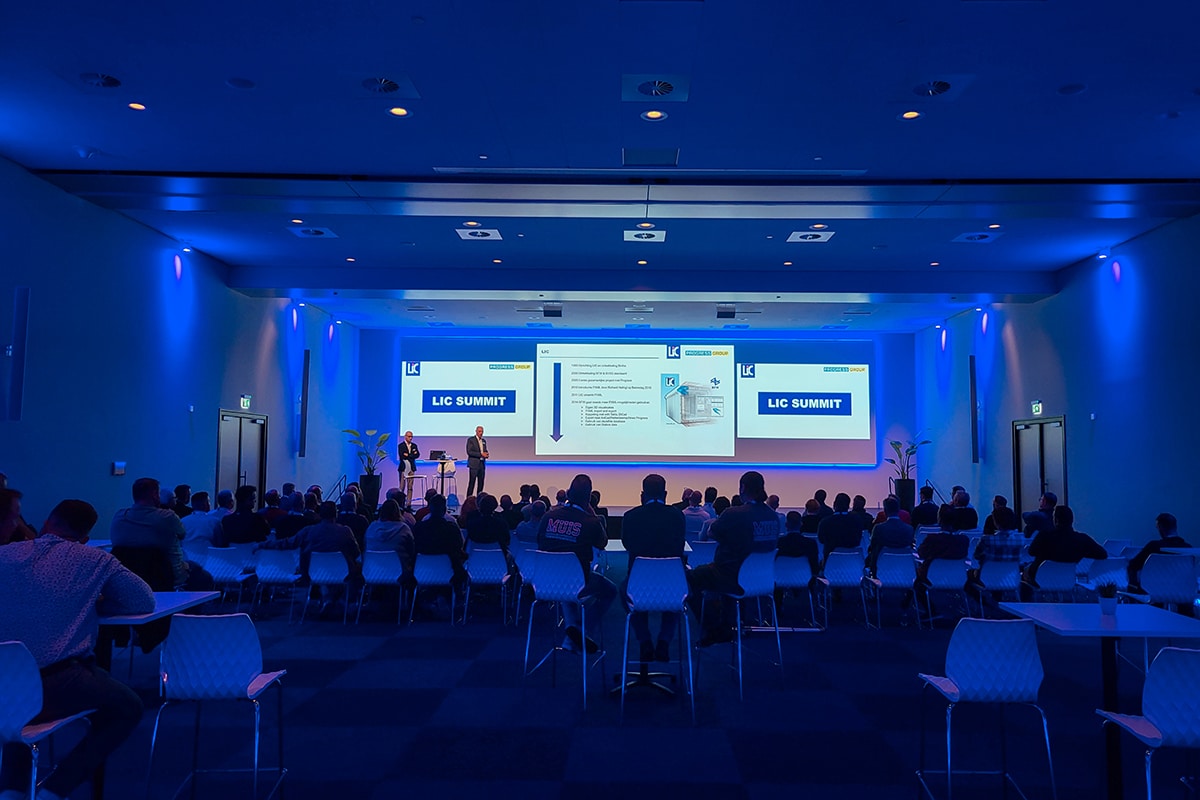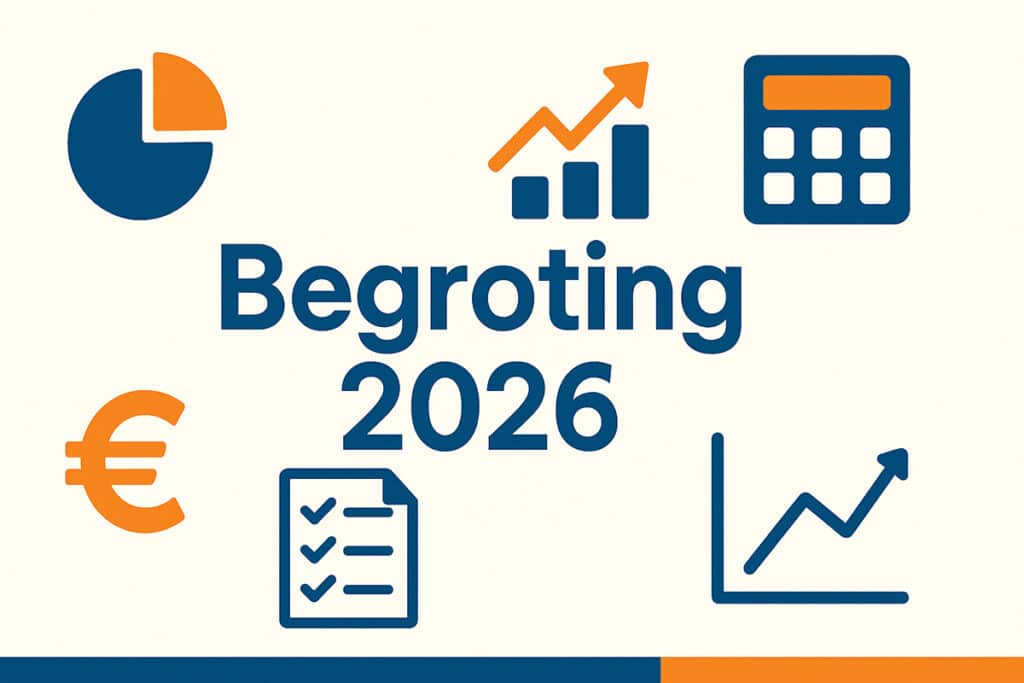
Building with steel and metal: 10 questions for your 2026 budget
Projects keep pouring in, personnel are scarce, commodity prices move, and customers expect more insight than ever. This is precisely why a strong budget is essential. Not just as an obligatory document, but as a steering tool to improve returns, limit risks and work in a future-oriented way. And 2026 seems a long way off, but it's just around the corner.
With these ten questions, turn your budget into a practical and strategic tool for a strong 2026.
- Who are you budgeting for?
Are you budgeting for yourself, for the bank or for a grant application? The purpose determines the form. For internal use you mainly want grip and steering information; for external use it's about reliability and substantiation.
- Do you look beyond turnover?
Revenue is important, but says little without context. Include purchases, cost price, productive hours and overhead. That way you can see where in the chain your returns are created or leaked.
- How do you determine your cost?
Do you use a fixed cost rate or do you calculate dynamically based on current purchase prices, scheduling and utilization? In steel construction, a few euros per hour or kilo can make all the difference. Real-time insight into your cost price keeps you sharp and competitive.
- Do you adjust the budget if results are disappointing?
It seems tempting to make adjustments in the budget itself, but often the cause lies elsewhere. First analyze: are the productive hours lower, has the schedule shifted, or have project prices come under pressure? Only then make targeted adjustments, without losing sight of reality.
- Is your budget a calculation or a translation of vision?
A budget based on "last year plus a little" keeps you stagnant. A budget that comes from your strategy moves you forward. Where do you want to be as a company in two years? And what do those choices mean for your staffing, material flows and margins?
- Do you work with forecasts?
The market changes too quickly to fix a budget for 12 months. By forecasting, you continuously look ahead: you compare expectations with reality and make adjustments where necessary. In this way you keep a grip on projects and profitability.
- Do you have an investment plan for 2026?
New machines, digitalization, employee training: investments determine your future. By including them in your budget, you make it clear what they yield and how they contribute to your capacity and continuity.
- Do you also use non-financial data?
Figures from your planning, production and projects sometimes say more than financial accounting. Think of capacity utilization, delivery times or the number of open project hours. By linking these data to your budget, you get a real grip on your business operations.
- Do you compare structurally to reality?
Budgeting is not valuable until you know if you are still on track. Regularly compare your budget with the realized figures, not only financially, but also operationally. That way you can see in time where returns are under pressure and make adjustments based on facts, not feelings.
- How much time does it take to create your budget?
Budgeting doesn't have to be annual manual labor. With integrated systems such as LiemarX you can calculate scenarios, automatically load data and generate forecasts. This saves time, prevents errors and allows you to steer on the basis of insight instead of assumptions.
In conclusion
2026 seems a long way off, but the future is not waiting. Companies that link their budgets to real-time data and project information will soon have an edge. Not because they have more spreadsheets, but because they know better where their returns are coming from - and where they can improve.
A budget is not an obligation. It is your strategic steering tool for grip, insight and return in 2026. Are there any questions here that you cannot find the answers to? Do you have another question you think we can help you with? Please let us know. We are - as always - happy to help.
Heeft u vragen over dit artikel, project of product?
Neem dan rechtstreeks contact op met Liemar Software BV.
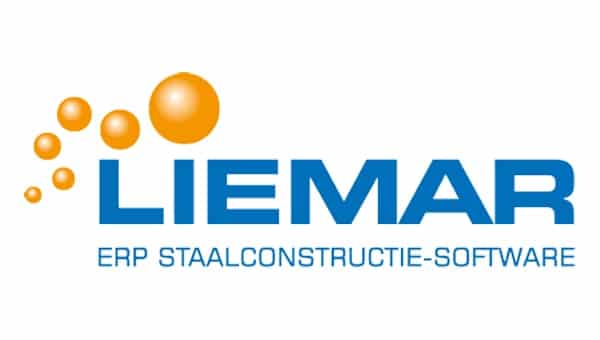 Contact opnemen
Contact opnemen
